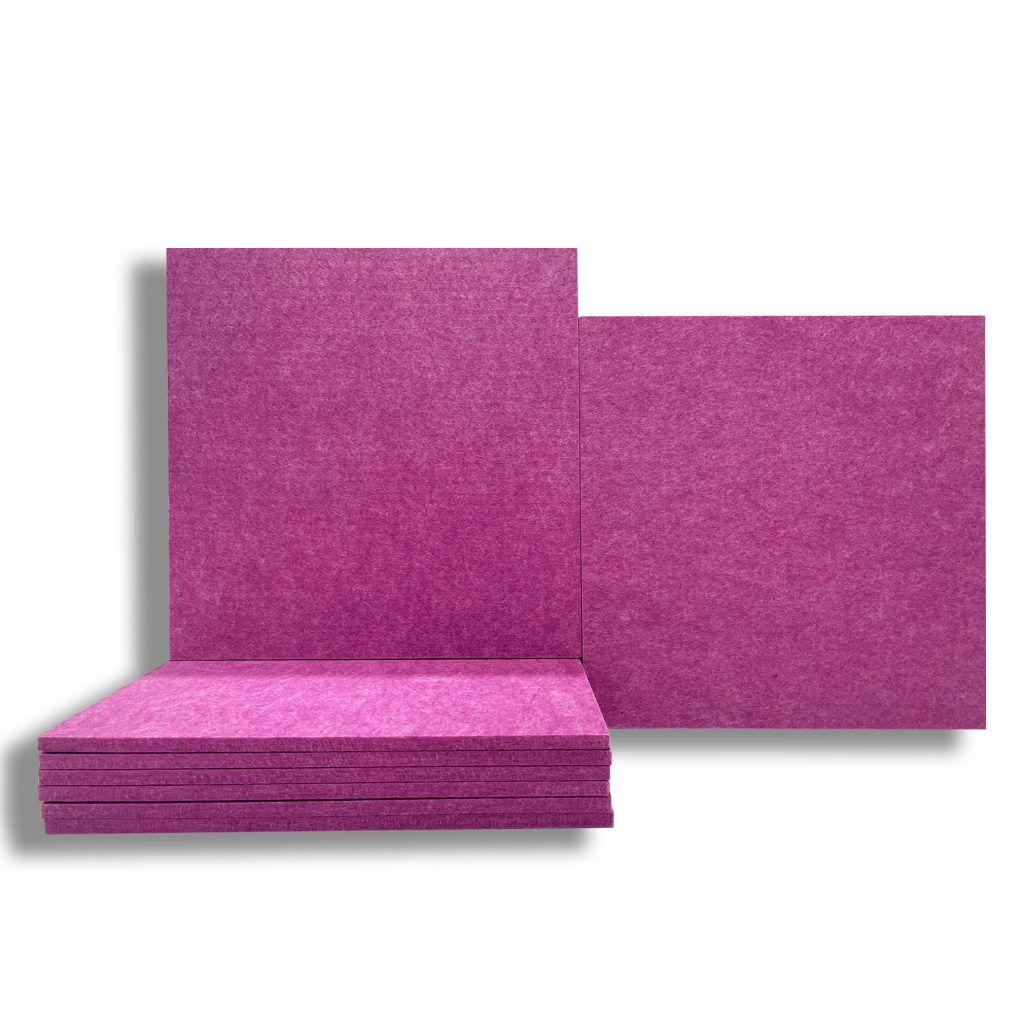
If you’re looking for a solution to reduce noise levels in any given space, consider sound absorbing panels. A versatile and highly effective acoustic solution, sound absorbing panels can be used in many different areas including recording studios, home theatres, gyms, and even offices.
They are designed to absorb rather than deflect soundwaves which makes them great for creating an atmosphere that is conducive to comfort and productivity. In this blog post we will discuss the various benefits of using sound absorbing panels as well as essential tips when installing them.
-
Do your research
Before you purchase sound absorbing panels, it’s important to do your research and figure out which type of panel will be best for your needs. There are a variety of different types of sound absorption panels on the market, so you’ll want to make sure you choose the right one for your space.
-
Consider the size of the room
When selecting sound absorbing panels, it is essential to bear the size of the room in mind. If the panels are not properly scaled, they will not be as effective at absorbing sound and reverberation. Acoustics experts suggest you consider how much noise needs to be absorbed and the size of the room when weighing up different panel solutions.
It is recommended that thicker materials are used in larger rooms, as they will help to muffle sound more effectively. Equally, if there is a lot of noise that needs to be reduced for a small space, using thick panels may prove overwhelming – go for thinner panels instead.
-
Determine where the noise is coming from
In order to successfully reduce noise, it is necessary to assess which sources are contributing the most to the soundscape. This can be done through careful observation and listening; try different locations within the space and identify which ones are noisiest. It may even be useful to ask those close by where they believe the primary source of sound is originating from.
Once you have identified the locations of highest intensity, it becomes much easier to work out an action plan for mitigating individual sounds as well as overall levels of noise. Reducing ambient noise can make a tremendous difference not just in terms of volume but comfort and enjoyment for everyone in the vicinity.
-
Place the panels in strategic locations
Once you’ve determined how many sound absorbing panels you need, it’s important to place them in strategic locations. For example, if you’re trying to reduce noise from a TV, placing a panel behind the TV can be effective.
-
Use multiple types of panels
If you’re having trouble reducing noise with one type of panel, try using multiple types of panels. Using a combination of different types of panels can often be more effective than using just one type.
-
Don’t forget about doors and windows
Doors and windows are two common sources of noise, so don’t forget to place sound absorbing panels near them. Placing a panel in front of a door can help reduce noise from outside, while placing a panel near a window can help reduce noise from inside the house.
-
Be patient
It can take some time for sound absorbing panels to start working effectively, so don’t expect results immediately. Give the panels time to adjust to the noise level in your home before making any changes.
-
Experiment with different placements
If you’re not happy with the results you’re getting from your sound absorbing panels, try experimenting with different placements. Sometimes all it takes is a little trial and error to find the perfect spot for your panels.
